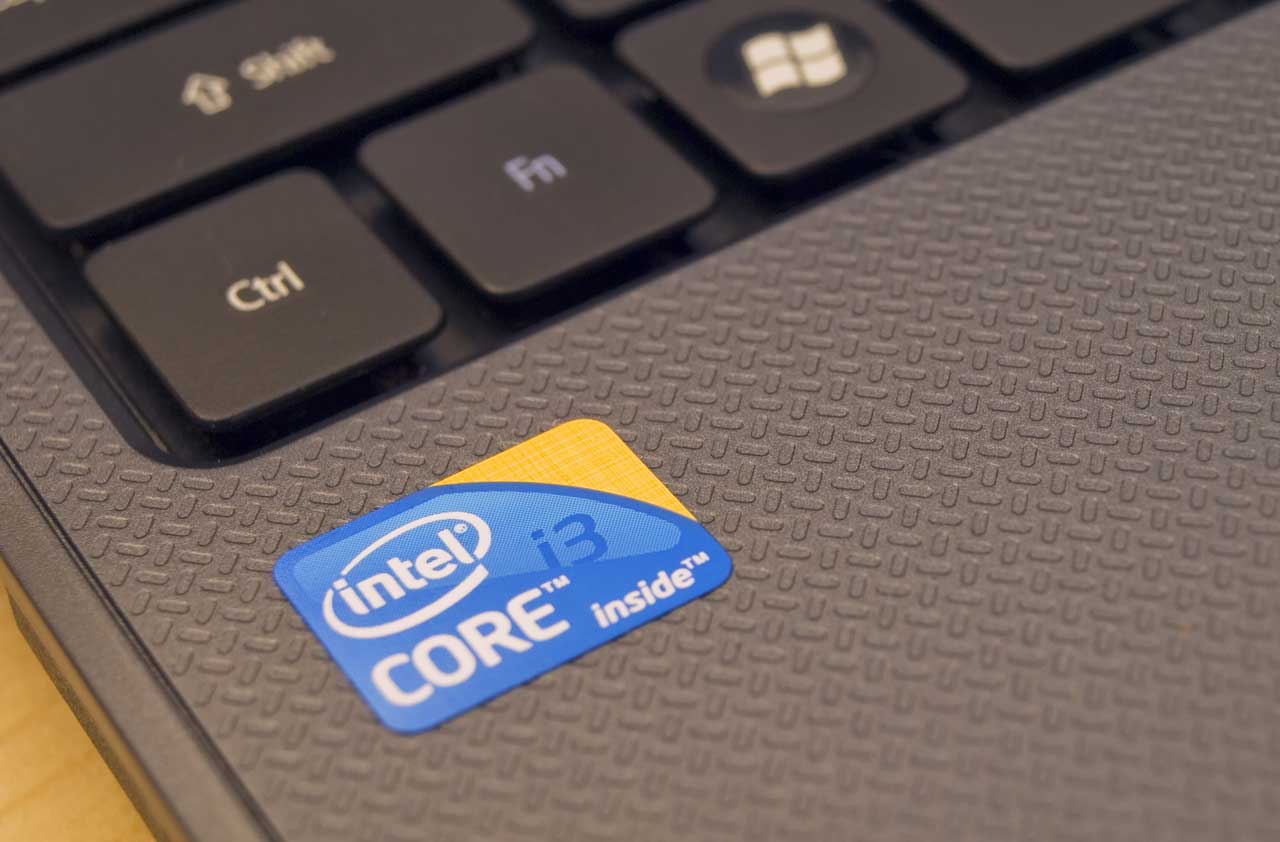4 Best Tech Stocks to Build a Portfolio
These are companies that make products I use every day and I think I understand well enough to make the foundation of my portfolio.


Writing an article for Kiplinger about Warren Buffett’s favorite stocks got me thinking about the concept of “core holdings.” These are the foundation of a portfolio—stocks of businesses so entrenched you’re likely to hold them through thick and thin. For Buffett, they include Coca-Cola (symbol KO) and American Express (AXP). But until he invested in International Business Machines (IBM) a few years ago, his enormous portfolio was largely devoid of technology stocks. As Buffett has often said, he didn’t understand them well enough to invest.
I’m obviously no Warren Buffett, which may explain why all of the core holdings in my Practical Investing portfolio are tech stocks—Apple (AAPL, $110), Intel (INTC, $29), Microsoft (MSFT, $44) and Seagate Technology (STX, $49). I consider them core holdings for the same reason Buffett sticks with Coca-Cola, which he drinks by the liter. These are companies that make products I use every day and that I think I understand well enough to make the foundation of my portfolio. All told, they represent more than one-third of my portfolio’s assets. (Prices are as of September 3.)
To be sure, I don’t understand the technical wizardry that allows a fingernail-size chip to store the contents of an entire library. But that didn’t stop me from falling in love with these four tech luminaries 25 years ago, after I had my first child.
From just $107.88 $24.99 for Kiplinger Personal Finance
Become a smarter, better informed investor. Subscribe from just $107.88 $24.99, plus get up to 4 Special Issues

Sign up for Kiplinger’s Free Newsletters
Profit and prosper with the best of expert advice on investing, taxes, retirement, personal finance and more - straight to your e-mail.
Profit and prosper with the best of expert advice - straight to your e-mail.
Before Samantha was born, I was working full-time as a business writer at the Los Angeles Times. Because I didn’t want a nanny raising my daughter, I formulated a plan that would let me keep my job and work from home. I turned my dining room into an office and, while still technically on leave, I started cranking out stories while Samantha napped. At a time when working at home full-time was rare, I wanted my bosses to have every reason to accommodate my request to do just that.
The equipment in my office was paramount. If I was going to work at home, the only thing that would show my bosses I was on the job would be my production. So I bought the best personal computers I could find. The brand wasn’t important. Instead, I learned to look for the “Intel Inside” button, which meant the device ran on an Intel microprocessor and would be fast and reliable. Microsoft has made the operating systems and word-processing programs on every PC I’ve used over the decades. Even though Microsoft has stumbled with new operating systems over the years, I’ve yet to find a better word-processing program than Word or a better spreadsheet than Excel.
Storage needs. Meanwhile, when I needed to back up my stories and the book I was working on, I bought a Seagate hard drive. Now I’ve got a library of these drives that hold not only all the documents I’ve produced but also my music and photos. Sure, I know I can back up everything to the “cloud.” Seagate operates there, too. But those photos and playlists are too precious not to have a back-up copy on site.
I fell in love with Apple later, when Samantha and my son, Michael, persuaded me to try their iPods. I never imagined I’d want or need this little music player, but it soon became a part of my daily routine. I was still struggling to figure out my BlackBerry when my kids talked me into buying an iPhone. Now I don’t even mind paying a premium price every time I upgrade it. It’s just so darn useful to have this thoroughly intuitive phone/computer in my pocket. I now own an iPod, an iPad, an iPhone and a Mac Mini. I may buy an iWatch, too.
So when Mr. Market ratchets down the share price of Apple and my other core holdings, I shrug, continue to reinvest the generous dividends of all four and, when I have cash to spare, use the opportunity to buy more shares.
Profit and prosper with the best of Kiplinger's advice on investing, taxes, retirement, personal finance and much more. Delivered daily. Enter your email in the box and click Sign Me Up.

-
 Dow Hits New High Then Falls 466 Points: Stock Market Today
Dow Hits New High Then Falls 466 Points: Stock Market TodayThe Nasdaq Composite, with a little help from tech's friends, rises to within 300 points of its own new all-time high.
-
 The Best Vanguard Bond Funds to Buy
The Best Vanguard Bond Funds to BuyInvestors seeking the best Vanguard bond funds can pick between mutual funds and ETFs spanning maturities, credit qualities, tax treatment and geographies.
-
 Are You Afraid of an IRS Audit? 8 Ways to Beat Tax Audit Anxiety
Are You Afraid of an IRS Audit? 8 Ways to Beat Tax Audit AnxietyTax Season Tax audit anxiety is like a wild beast. Here’s how you can help tame it.
-
 Stocks Struggle for Gains to Start 2026: Stock Market Today
Stocks Struggle for Gains to Start 2026: Stock Market TodayIt's not quite the end of the world as we know it, but Warren Buffett is no longer the CEO of Berkshire Hathaway.
-
 Stocks End Volatile Year on a Down Note: Stock Market Today
Stocks End Volatile Year on a Down Note: Stock Market TodayAfter nearing bear-market territory in the spring, the main market indexes closed out the year with impressive gains.
-
 Stocks Extend Losing Streak After Fed Minutes: Stock Market Today
Stocks Extend Losing Streak After Fed Minutes: Stock Market TodayThe Santa Claus Rally is officially at risk after the S&P 500's third straight loss.
-
 Santa Claus Rally at Risk as Tech Stocks Slump: Stock Market Today
Santa Claus Rally at Risk as Tech Stocks Slump: Stock Market TodayThe Nasdaq Composite and Dow Jones Industrial Average led today's declines as investors took profits on high-flying tech stocks.
-
 The Santa Claus Rally Officially Begins: Stock Market Today
The Santa Claus Rally Officially Begins: Stock Market TodayThe Santa Claus Rally is officially on as of Wednesday's closing bell, and initial returns are positive.
-
 Crypto Trends to Watch in 2026
Crypto Trends to Watch in 2026Cryptocurrency is still less than 20 years old, but it remains a fast-moving (and also maturing) market. Here are the crypto trends to watch for in 2026.
-
 Dow Slides 427 Points to Open December: Stock Market Today
Dow Slides 427 Points to Open December: Stock Market TodayThe final month of 2025 begins on a negative note after stocks ended November with a startling rally.
-
 Stocks Extend Win Streak on Black Friday: Stock Market Today
Stocks Extend Win Streak on Black Friday: Stock Market TodayThe main indexes notched wins in Friday's shortened session, with the blue-chip Dow Jones Industrial Average closing higher on the month.